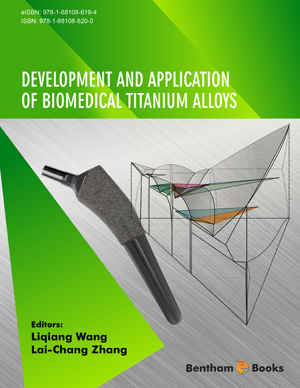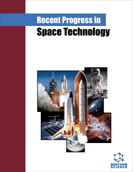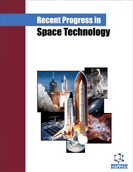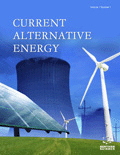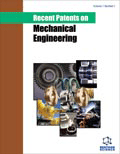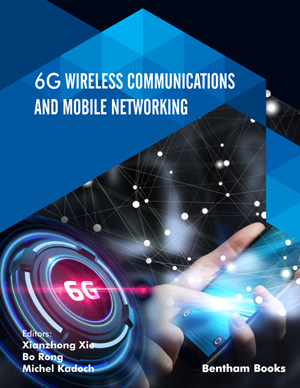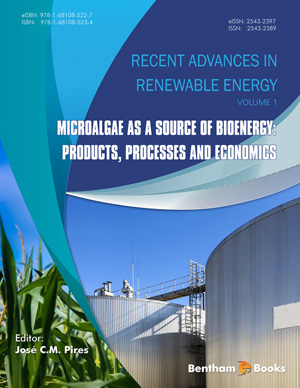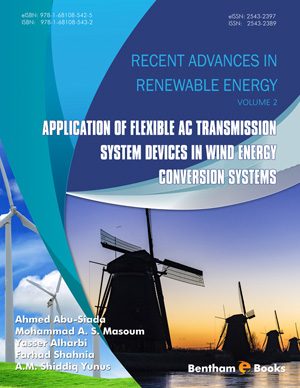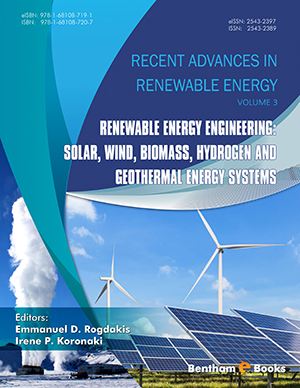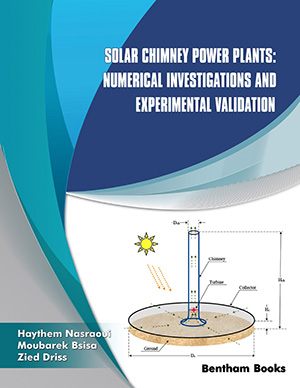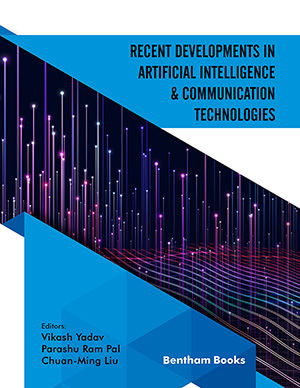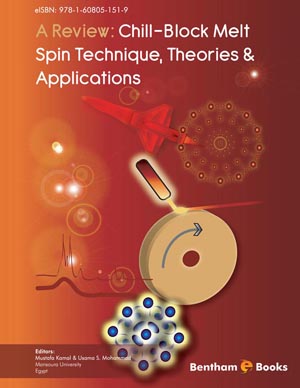Abstract
The excellent mechanical properties of NiTi alloys, such as unique shape memory effect, superelasticity, as well as good biocompatibility, excellent corrosion resistance, low elastic modulus and good ductility, make it an ideal choice for the biomedical, aerospace and intelligent materials. However, NiTi alloy with itself and dissimilar material connection problems NiTi alloy can only have a simple geometry, thus limiting the NiTi alloy more widely used. For this reason, resistance welding and laser welding are proposed by scholars, but these methods are not widely used due to the fact that welding makes the joint parts easy to produce brittle second phase and large area heat-affected zone, which also needs a large amount of solder. In this chapter, NiTi / NiTi-Nb alloy was fabricated by heating niobium and NiTi wires in a high-temperature argon atmosphere furnace to 1185 °C for 6min. The results show that there are 4 diffusion layers, including Nb foil, NiTi-Nb eutectic region, pre-eutectic NiTi region and NiTi matrix at the junction of NiTi wire and Nb foil. In addition, martensite phase was found inside the NiTi matrix. In the NiTi-Nb eutectic diffusion layer, niobium is inhomogeneously distributed, forming a rod-like Nb-rich phase, facetted Ti-rich phase and stripe-like or equiaxed NiTi-Nb eutectic structure. The experimental study on the microstructure and mechanical properties of interface interface between NiTi and Nb will help to understand the advantages of using Nb as the NiTi alloy connection material, provide theoretical support for preparation of NiTi lattice materials, and promote NiTi alloy more extensive application.
Keywords: Diffusion layers, Mechanical property, Microstructure, NiTi/NiTi-Nb alloys.


